
The Milwaukee Road Hiawatha fleet stands out among mid-century passenger operators. Of all the major U.S. railroads that fielded impressive fleets of passenger trains between the end of World War I in 1918 and the arrival of Amtrak in 1971, the Chicago, Milwaukee, St. Paul & Pacific — more commonly known as the […]
Read More…
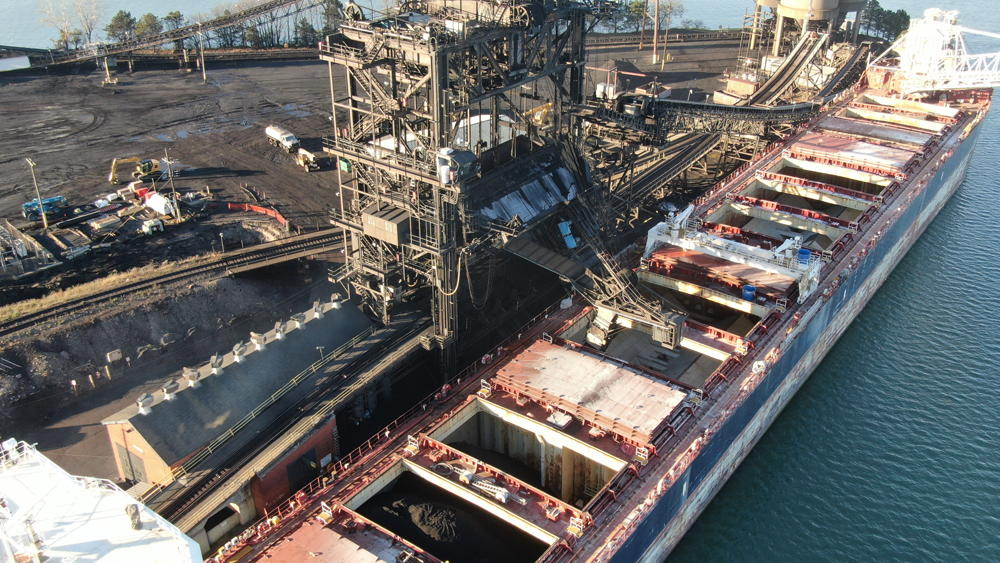
Sandusky coal dock The early days Sandusky, Ohio, is the roller coaster capital of the United States. It is home to the Cedar Point amusement park, which has sixteen of the fastest, wildest, most thrilling coasters anyone has ever seen. But did you know there’s one more? You can’t ride on it, and many Sanduskians […]
Read More…
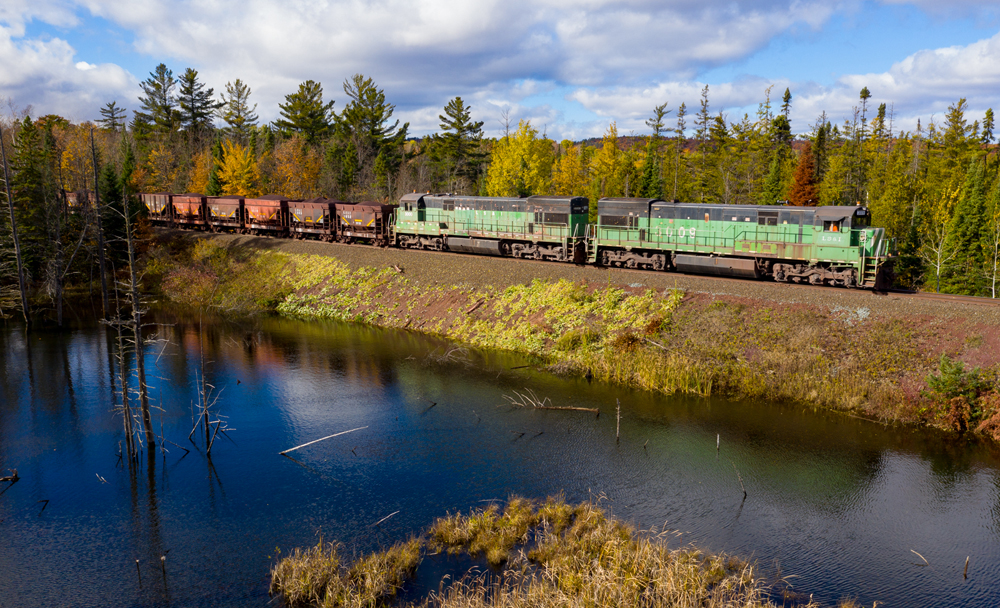
Lake Superior & Ishpeming’s locomotives The writing has been on the wall for years. Fifteen years ago, in Trains’ April 2008 issue, David Lustig warned of the demise of Lake Superior & Ishpeming’s venerable fleet of former Burlington Northern General Electric U30C and C30-7 locomotives. Now, that time appears to have arrived at the short […]
Read More…
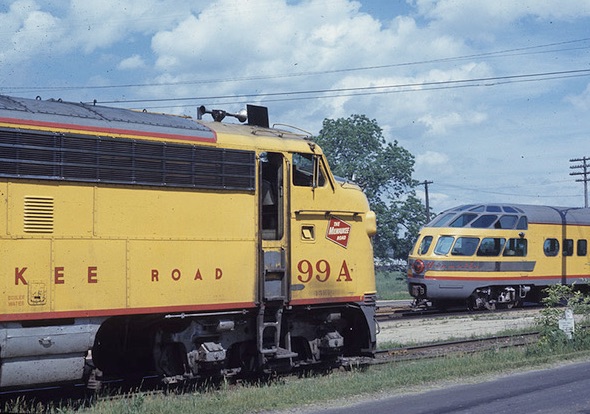
Even as he handed it to me the other night at a Milwaukee slide show, I couldn’t quite believe what Mike Schafer was telling me. “Hey, this is my first railroad book! Maybe you’ll write about it?” Mike Schafer’s first railroad book. That didn’t sound quite right. I’ve been reading Mike’s name on […]
Read More…
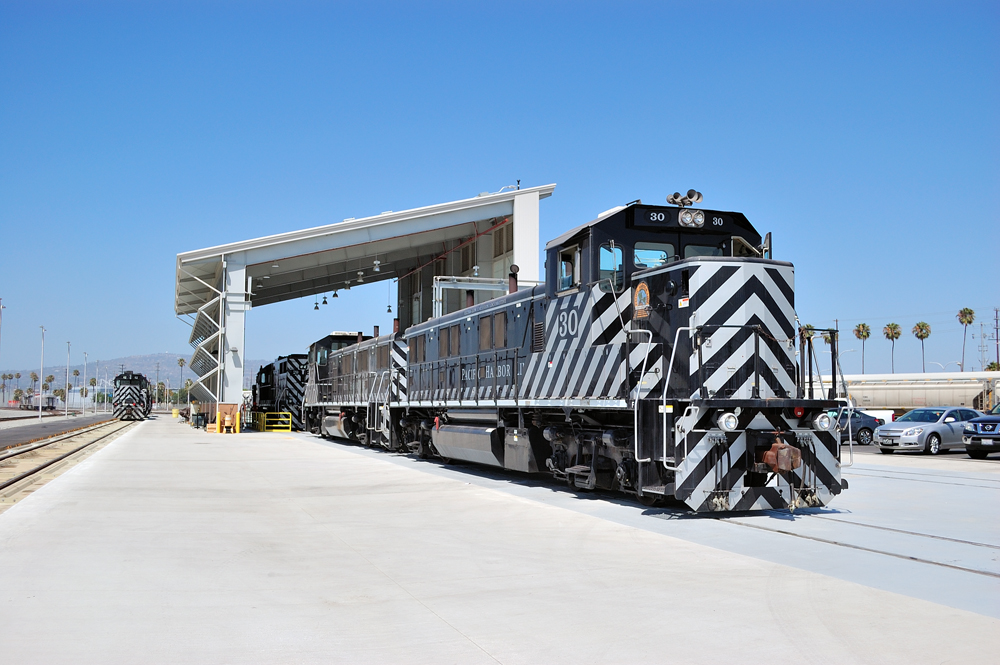
The Pacific Harbor Line is railroading at its best. In many ways it reflects railroading as it used to be. Consider the good old days. Lots of railroads, various locomotive builders and plenty of paint schemes, not to mention open stations and friendly and courteous employees. If you didn’t like what you saw in one […]
Read More…
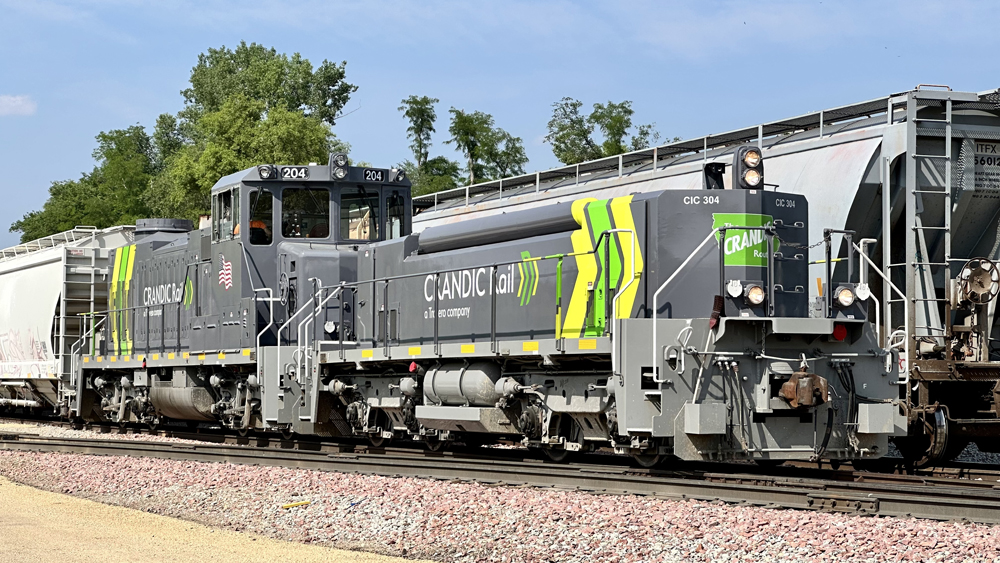
Slug units As avid railfans, we often find ourselves drawn to locations where we can witness a high volume of train activity. Cities like Chicago, Atlanta, or Portland boast major classification yards that serve as hot spots for freight operations. At such locations, we may encounter a peculiar sight: unusual-looking “locomotives” performing switching duties alongside […]
Read More…
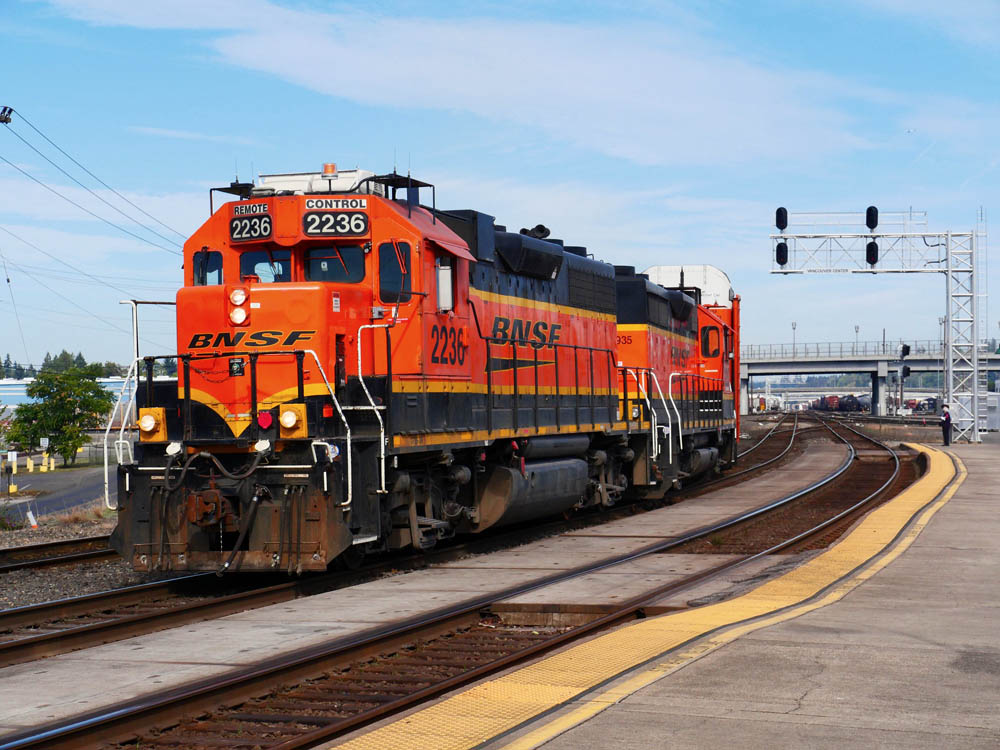
Half-century-old locomotives While Class I railroads continue to receive new locomotive orders from EMD and GE, older EMD GP, or Geep, locomotives that have served for several decades are still being used for switching and local service. Many of these locomotives on the BNSF Railway predate predecessor Burlington Northern, having been purchased by such fabled […]
Read More…
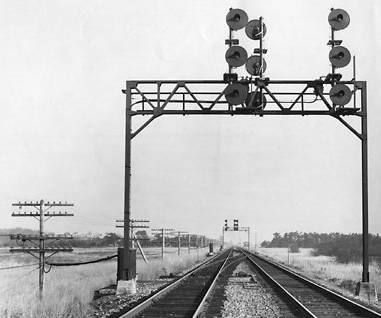
There is more to understanding railroad wayside signals than simply “green means go, red means stop.” To appreciate what the signals you see along the track are telling you, you first have to grasp a few basic concepts. Railroad traffic control boils down to three situations: trains running in the same direction on the same […]
Read More…
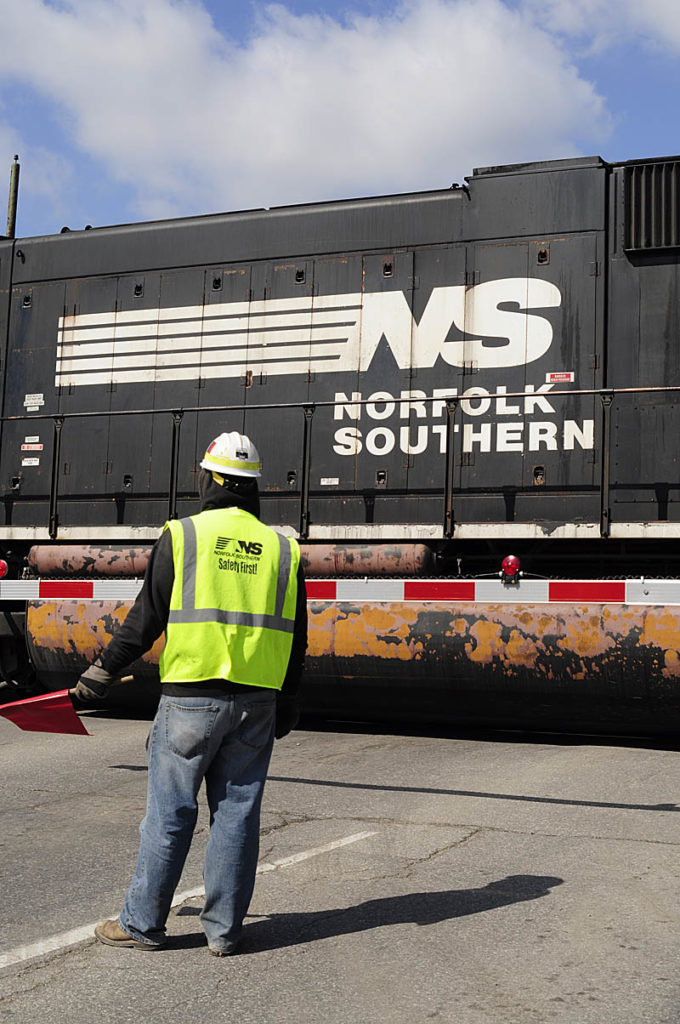
The people who work on trains have a variety of jobs. A Norfolk Southern flagman inspects a train near Marion, Ohio. Dale A. DeVene Jr. The people who work on trains have a variety of jobs. Each member of a train crew has a specific function. Since train crews do most of their work beyond […]
Read More…

The traditional life cycle for new locomotives on a Class I roster would be revenue service, followed by lease return if the railroad leased the power or retirement and sale if they were purchased. In a handful of cases, power that departed a Class I roster will find its way back into its original owner’s […]
Read More…
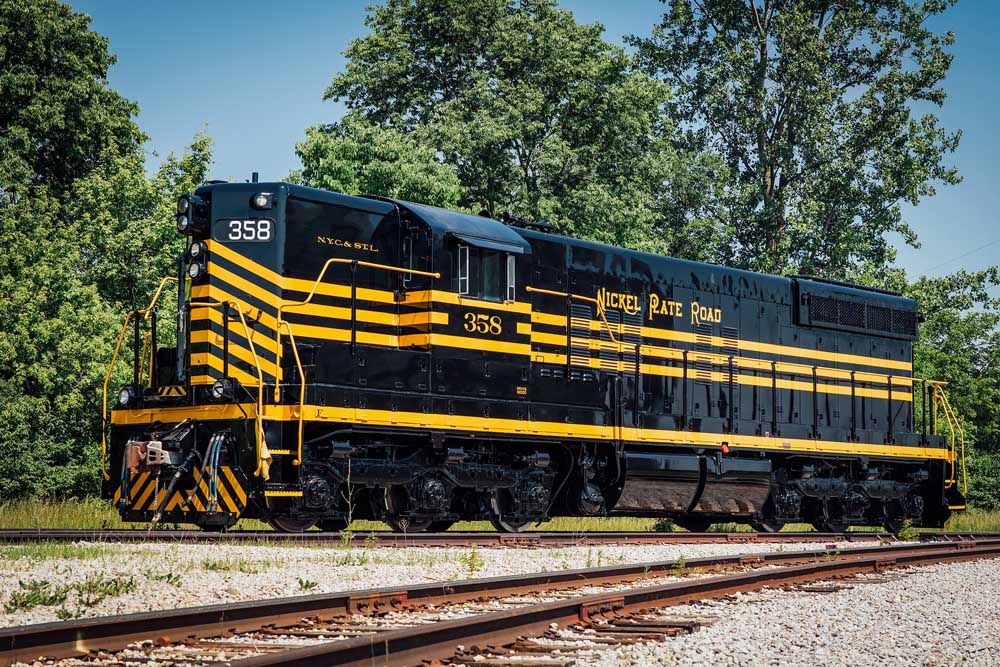
Just when you think recent progress in railroad preservation can’t get any better — I’m thinking here of everything from Big Boy to Reading & Northern 2102 to Silvis Shops to Michigan Central Station — along comes another milestone that, if not quite a blockbuster, is still remarkable. Especially if you’re interested in diesel […]
Read More…
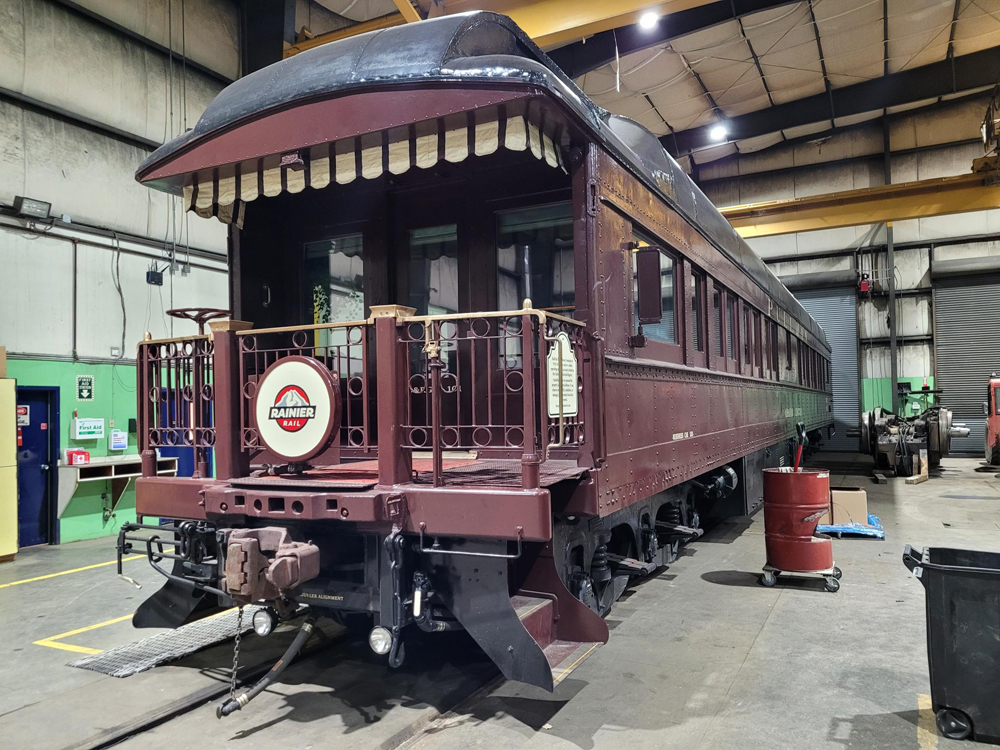
Abraham Lincoln railcar In early 2023, I had the unique opportunity to take a step back in time, experiencing a short ride on a privately owned railcar. I was able to see what it might have been like to be a railroad president inspecting his territory. The car, the Abraham Lincoln, with owners in the […]
Read More…












